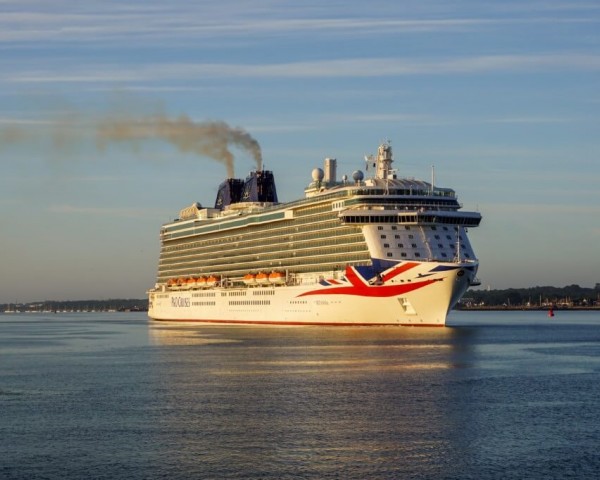According to the latest cruise ranking presented by NABU in Hamburg, the most significant issues plaguing the cruise industry are rising greenhouse gas emissions and severe air pollution. However, there is optimism as some operators of smaller cruise ships, like Hurtigruten and Havila from Norway, are making strides in climate and environmental protection. While there is still a long way to go before achieving an environmentally friendly cruise industry, these promising announcements provide hope for the future.
It’s encouraging that all cruise lines are taking steps to reduce emissions, but there are still significant disparities between companies and within their fleets. Unfortunately, older ships aren’t seeing much improvement, as most upgrades happen only on new vessels.
Nevertheless, Norwegian shipping companies are aiming to achieve carbon neutrality. This positive trend is partly due to the implementation of strict regulations that have spurred innovation, bringing the cruise industry closer to the possibility of carbon-neutral cruises.
To promote sustainability in the shipping industry, alternative sources of power such as shore power, batteries, and e-fuels based on green hydrogen will be utilized. The EU Green Deal’s targets, adopted in May, will serve as a foundation for this effort. Synthetic methanol is a promising option for climate-neutral operations, especially for cruise ships. TUI Cruises and Norwegian Cruise Lines have already ordered ships that will use this option.
Emissions Need to Be Drastically Reduced
Although progress has been made toward achieving carbon neutrality, the cruise industry’s emissions are still increasing. The rise in methane emissions from using LNG is especially concerning, as methane has more than 80 times the impact on the climate than CO2 in the short term. Despite being touted as a bridge technology, LNG has several issues that prevent it from being a viable solution. Shipping expert Sönke Diesener from NABU highlights the need for urgent action to address this issue.
Shipping companies should invest in and adopt environmentally-friendly policies to achieve climate neutrality. However, avoiding substituting fuels that harm the climate is crucial. Despite being an alternative to LNG, biofuels are ineffective in achieving industry’s goals and should only be utilized in rare local circumstances. Moreover, it is vital to use waste products only and refrain from using palm oil or other field products in the ships’ tanks.
According to CLIA, on the other hand, the cruise industry is on the right path as they aim to provide carbon-free cruises globally by 2050, surpassing government targets at national and international levels. The association highlights that the industry is investing significantly to ensure sustainable holiday travel.
Climate-friendly Solutions for the Time in Port
At least in some ports, where ships spend up to 40 percent of their time, a climate- and environment-friendly energy supply is finally available through shore power connections. The EU requirements for the use of shore power are very welcome. The cruise industry and German ports are leading the way. For example, Hamburg, Rostock, and Kiel already have such systems, protecting residents from air pollution and reducing greenhouse gas emissions.




